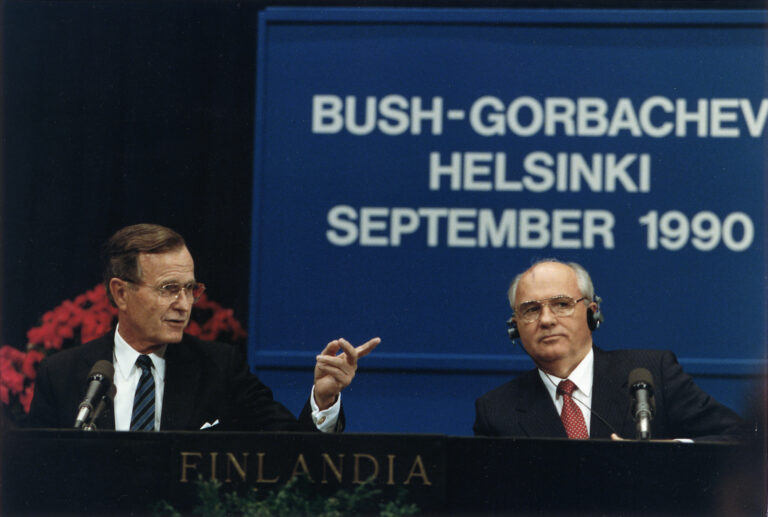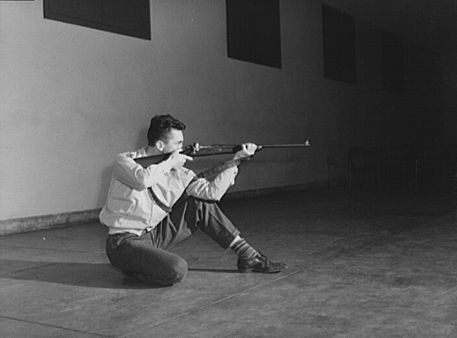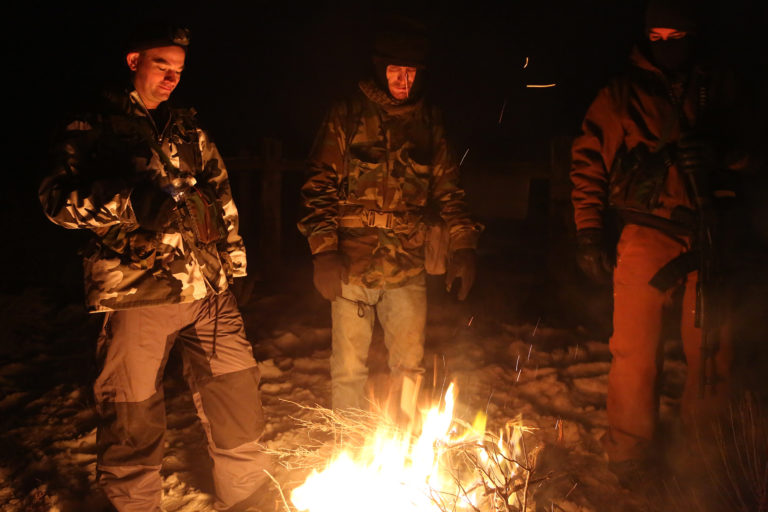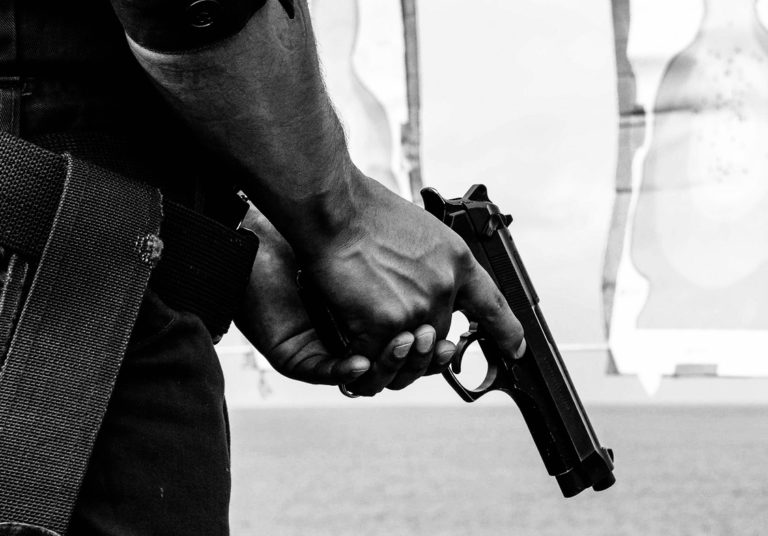At the dawn of the 1990s, the world was undergoing dramatic transformation—and cultural studies was no exception to this force. By looking at the Illinois conference, the Oklahoma conference, and the special issue of Cultural Studies edited by Rosa Linda Fregoso and Angie Chabram, we evaluate how cultural studies reacted to the sweeping tide of reformation and re-commitment of the 1990s. Ultimately, these events prove that, in 1990, cultural studies made the most of the opportunity to reflect, listen to its critics, and change for the better, and each event can serve as a valuable touchstone as we continue to construct and deconstruct our discipline.
Issues
Political Power and the Industrial Development of Cultural Artifacts in China
With national policy support on industries that produce cultural goods and artifacts, Chinese industries have developed quickly in recent decades. Some cities and their industries are led by the central government, while others are led by the local government. In this paper, the author uses ceramic industry clusters in Jingdezhen city (central-led) and Longquan city (local-led) as a comparative study to illustrate the political power relations of government-led cultural artifact industry development in China. In sum, the excessive emphasis on political hierarchy and centralized control of production management will weaken the cultural essence of the local cultural artifacts. The localized government-led development strategy is positive to preserve the cultural essence and design a befitting local industry development strategy in Chinese cities.
Muslim Voices, Moorish Masks: Theoretical Perspectives on Music and Islam in Southern Spain
This article proposes a new theoretical framework for the study of music and Islam in Andalusia, southern Spain. I demonstrate the framework’s potential by applying it to collaborative musical performances among Muslim economic migrants, European converts to Islam, and non-Muslim Andalusians during a year-long heritage festival that celebrated the region’s medieval Islamic past, arguing that musical analysis opens fresh lines of inquiry into the expression and experience of Muslim subjectivity in Andalusia. In the process, I engage with theoretical debates on hybridity in anthropology and ethnomusicology, orienting my own perspective along the axis of performativity, while in dialogue with Hispanic studies and Spanish cultural studies I think along the borders between hybridity and hauntology to recalibrate discussions of Spanish historical memory for a theoretical framework that ultimately coalesces into scenes of Moorishness: crowded, contested scenes in which musicians, festivalgoers, and festival organizers mutually interpellated each other under the rubric of Andalusia’s medieval Islamic past.
Manifestations of Microfascism in Spatial Dimensions: A Study on Mumbai’s Public Spaces
Mumbai has an identity that is built around its multicultural, multi-ethnic population, with an enterprising community that prides itself on its resilient spirit. The pluralism that marks the city’s social spaces remained powerful for decades resulting in an immigrant population from all over the country finding its home in this city. When Bombay was renamed Mumbai, it was also a reflection of the altered social sensibilities and the manifestation of an exclusionary politics which began to get reflected in the public spaces of Mumbai. Post globalization and economic liberalization, a hegemonic shift in power centers brought about further negotiations with identities and social spaces, with the new cityscape evolving steadily. The pervasive presence of the politics of othering that marks the contemporary Indian political sphere has its presence felt in Mumbai’s public spaces. The rapid gentrification and erasure of the poor from the public spaces, the expanding privately-owned public spaces and the social interactions that mark the new global city of Mumbai unfold the hegemonic power relations of the new India. This article attempts to imagine the new social narratives and cartographies within the theoretical framework of microfascism as elaborated by Deleuze and Guattari. Mumbai’s public spaces are closely observed and analyzed to comprehend the new dynamics of power at work and its political and social ramifications in relation to the rest of the nation. This paper also seeks to look at the patterns of dissent evolving out of the microfascist spaces of Mumbai.
Editors’ Introduction: Abolition Now
Cultural studies continues to develop its schools of thought, methodologies, and disciplines that are abolitionist. The articles in this issue encounter cultural studies across a range of sites: India, Spain, China, the US, and other geographies. It points toward the importance of cultural studies in a variety of contexts, the ways that cultural studies stands as both an intense form of critique and the political possibilities for its enactment as a program of work.
Review of Possessing Polynesians: The Science of Settler Colonial Whiteness in Hawai`i and Oceania by Maile Arvin (Duke University Press)
Arvin explains how dispossessing Polynesians was predicated on a logic of settler colonialism inflected by white supremacy. Casting Polynesians as white—specifically, as “almost white”—as opposed to distancing Polynesians from Caucasians, simultaneously provided white settlers the justification they needed to occupy large swaths of Oceania and precluded Polynesians from enjoying the full set of rights available to non-almost whites. By establishing a clear racial continuity between settlers and Polynesians, possession through whiteness made whiteness indigenous to the islands; doing so “suited [settlers’] own claims of belonging to Polynesia while [also soothing] colonizers’ racial anxieties about those they dispossessed.” Throughout the book, Arvin argues that anti-Blackness was as pronounced and as integral in possessing Polynesians as whiteness and calls for future research that more centrally examines the specific and nuanced functions of whiteness, Blackness, and Indigeneity in Melanesian and Micronesian contexts.
Review of Fire and Snow: Climate Fiction from the Inklings to Game of Thrones by Marc DiPaolo (State University of New York Press)
Marc DiPaolo’s Fire and Snow engages with the burgeoning ‘cli-fi’ genre which speculates on climate change themes and corollary effects. Through close examination of such diverse works as Suzanne Collins’s Hunger Games, Margaret Atwood’s MaddAddam trilogy, and “low-culture” films Snowpiercer and Mad Max: Fury Road, DiPaolo both argues in favor of non-partisan collective action against climate change and explores broader public engagement with environmental themes. Primarily a survey text, Fire and Snow nevertheless provides considered analysis of the relationship between authors, producers, and consumers in the dissemination of cli-fi messaging in popular culture.
Review of Fearing the Black Body: The Racial Origins of Fat Phobia by Sabrina Strings (New York University Press)
In Fearing the Black Body, Sabrina Strings argues that the origins of present day fat phobia stem from moral and scientific shifts of the Enlightenment period. Affected by a history of racial slavery in America and other parts of the world, the religious, medical, philosophical, and aesthetic opinions of elite white men shaped how the white woman’s body became representative of nationhood through its ascriptions as morally right in its svelte figure. The black woman’s body, ostensibly the complete opposite (i.e., obese and worthy of denigration), consequently became the basis for the favored white woman’s essentialized attributes.
Review of Gods and Robots: Myths, Machines, and Ancient Dreams of Technology by Adrienne Mayor (Princeton University Press)
In God and Robots: Myths, Machines, and Ancient Dreams of Technology, Adrienne Mayor opens up ancient history to new interpretations by adopting a rather capacious definition of technology, one that many scholars of the ancient world—according to Mayor—may reject out of hand. Focusing on biotechne, or artificial life, Mayor accepts any figure from the texts and artifacts of the ancient world which was “made, not born” as a technological creation. Mayor argues that ancient cultural constructions of technology were less about the inner workings of a black box (e.g., a giant metal robot) than about the imagining of such things existing in the first place. In nine chapters, Mayor recasts various myths and figures of the ancient Greek world in this new light. Gods and Robots serves as an important step in revealing how the idea of technology has functioned in ways both mythic and material from the beginning of recorded history.
Review of Prison Land: Mapping Carceral Power Across Neoliberal America by Brett Story (University of Minnesota Press)
Brett Story’s Prison Land: Mapping Carceral Power Across Neoliberal America offers a timely reflection on the role of mass incarceration in remaking the neoliberal contours of contemporary U.S. culture. Working within the traditions of critical prison studies and structural critiques of neoliberalism, Story offers detailed portraits of a number of landscapes shaped by the logic of mass incarceration. She persuasively argues that the work of prison abolitionism must also encompass the deeper structural projects of abolishing racism and other injustices in society at large. This book is best read alongside the documentary, The Prison in Twelve Landscapes (2016), by the same author.
Introduction: US Gun Culture and the Performance of Racial Sovereignty
This introduction examines gun culture in the United States and argues that it is a product of the longstanding practices of settler colonialism, anti-Blackness, and misogyny that have shaped life in the United States. Invoking an anthropological definition of culture, it argues that gun violence is a central facet of US political and social life and that performances of gun use and ownership, particularly when enacted by white men, embody a kind of “racial sovereignty,” or a violent limitation of the practical applicability of citizenship to those who promulgate whiteness, maleness, and violence as primary markers of full belonging in the civic community.
The Self-Defeating Notion of the Sovereign Subject in US Gun Culture
The politicization of U.S. gun culture since the 1970s has popularized the idea that individual freedom and security is dependent upon the reclamation of traditionally defined sovereign powers. In this article, I outline how the exercise of popular sovereignty is a social relation of rule often involving extra-legal forms of violence, which regularizes unequal levels of vulnerability and security among various groups. I then address how the so-called sovereign subject, thought to be at the root of popular sovereignty, is conceptually contradictory and practically self-defeating. In practice, attempts to return to a supposed pre-political condition of personal sovereignty in order to secure individual freedom involves dismantling the very social conditions that enable such freedom in the first place.
On Civil Rights, Armed Citizens®, and Historical Overdose
Today’s radically sovereign Armed Citizen®—a commodity fetish trademarked by the NRA—derives his representational and ethical power from fantasies of self-defensive heroism rooted in historical distortions that obscure the traces of armed settler colonialist violence and racial capitalism. Such historical “overdose” flattens anti-racist civil rights activism, making us “complaisant hostages” of a selective memory that serves self-destructive, necropolitical structures today.
The Necropolitics of Liberty: Sovereignty, Fantasy, and United States Gun Culture
This article approaches the speculative fiction of the survivalist right as an archive that can illuminate the continuities between the fantasies of necropolitical power that animate the radical right and undergird the sovereignty of the United States. Focusing on Malheur National Wildlife Refuge occupier LaVoy Finicum’s 2015 novel Only by Blood and Suffering: Regaining Lost Freedom, this essay argues that such survivalist fiction, in imagining a future civil conflict that enables the reinstatement of Lockean property rights, should be understood as settler colonial rather than anti-statist. In representing the dystopian future in which “public lands” are reopened as a frontier, survivalist novels like Finicum’s reaffirm, rather than challenge, the fantasy that produces the constituted power of the United States.
Good [Black] Guys With Guns: Performance and the Anti-Black Logic of US Gun Culture
This article examines the police shooting of twenty-one-year-old E.J. Bradford at the Riverchase Galleria in Hoover, Alabama on November 22, 2018. After a brief investigation, the Alabama Attorney General’s Office absolved the officer who shot Bradford of any wrongdoing. Through a close reading of the Alabama AG’s report and a performance analysis of Bradford’s actions that night, this article argues that Bradford behaved exactly as he was trained to as a concealed carry permit holder and former enlistee in the Army. Bradford was the epitome of the NRA’s vaunted “good guy with a gun” who intervenes in a violent situation to save others’ lives. However, within the context of the United States’s gun culture, which envisions “good” gun owners as white and encourages police to rehearse responses that perpetuate anti-Black racism, Bradford was always going to be seen by police as suspect.









